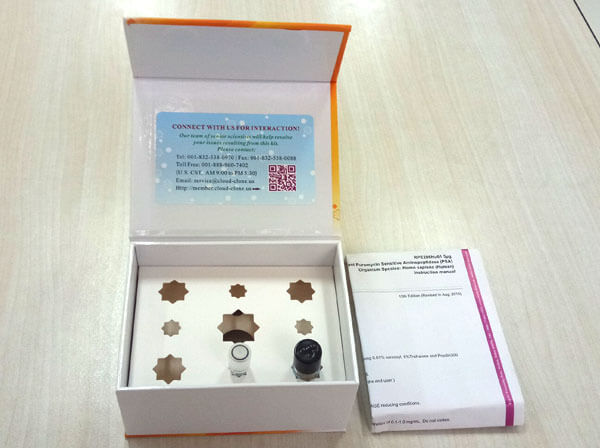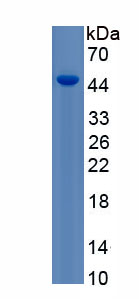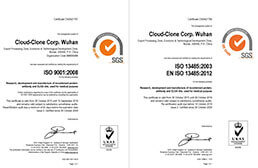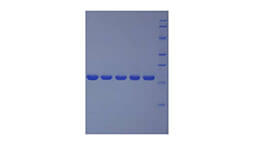Active Activating Transcription Factor 6 (ATF6) 

Processed cyclic AMP-dependent transcription factor ATF-6 alpha
- UOM
- FOB US$ 267.00 US$ 668.00 US$ 1,336.00 US$ 4,008.00 US$ 10,020.00
- Quantity
Overview
Properties
- Product No.APB393Mu01
- Organism SpeciesMus musculus (Mouse) Same name, Different species.
- ApplicationsCell culture; Activity Assays.
Research use only - DownloadInstruction Manual
- CategorySignal transductionDevelopmental science
- Buffer FormulationPBS, pH7.4, containing 0.01% SKL, 5% Trehalose.
- Traits Freeze-dried powder, Purity > 90%
- Isoelectric Point5.6
Sign into your account
Share a new citation as an author
Upload your experimental result
Review

Contact us
Please fill in the blank.
Activity test
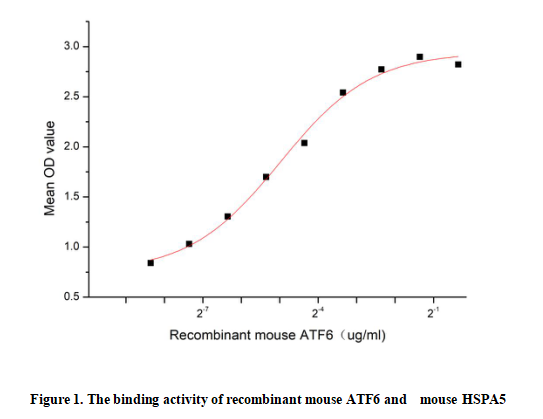
Activating Transcription Factor 6 (ATF6) is a key protein in the endoplasmic reticulum (ER) stress response. It is a transmembrane protein located in the ER membrane. Under normal conditions, ATF6 is bound to Heat Shock 70kDa Protein 5 (HSPA5), also known as GRP78, and remains inactive.When ER stress occurs due to the accumulation of unfolded or misfolded proteins in the ER lumen, HSPA5 preferentially binds to these abnormal proteins, releasing ATF6. The released ATF6 then translocates to the Golgi apparatus, where it is cleaved by proteases. The cleaved ATF6 fragment enters the nucleus and activates the transcription of genes involved in the unfolded protein response, helping the cell to restore ER homeostasis.Thus a functional ELISA assay was conducted to detect the interaction of recombinant mouse ATF6 and recombinant mouse HSPA5. Briefly, ATF6 was diluted serially in PBS with 0.01% BSA (pH 7.4). Duplicate samples of 100 μl were then transferred to HSPA5-coated microtiter wells and incubated for 1h at 37℃. Wells were washed with PBST and incubated for 1h with anti-ATF6 pAb, then aspirated and washed 3 times. After incubation with HRP labelled secondary antibody for 1h at 37℃, wells were aspirated and washed 5 times. With the addition of substrate solution, wells were incubated 15-25 minutes at 37℃. Finally, add 50 µL stop solution to the wells and read at 450/630nm immediately. The binding activity of recombinant mouse ATF6 and recombinant mouse HSPA5 was shown in Figure 1, the EC50 for this effect is 0.031ug/mL.
Usage
Reconstitute in 10mM PBS (pH7.4) to a concentration of 0.1-1.0 mg/mL. Do not vortex.
Storage
Avoid repeated freeze/thaw cycles. Store at 2-8°C for one month. Aliquot and store at -80°C for 12 months.
Stability
The thermal stability is described by the loss rate. The loss rate was determined by accelerated thermal degradation test, that is, incubate the protein at 37°C for 48h, and no obvious degradation and precipitation were observed. The loss rate is less than 5% within the expiration date under appropriate storage condition.
Increment services
-
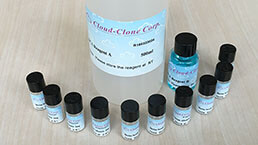 BCA Protein Quantification Kit
BCA Protein Quantification Kit
-
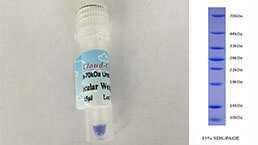 Molecular Mass Marker for Protein
Molecular Mass Marker for Protein
-
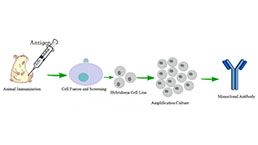 Monoclonal Antibody Customized Service
Monoclonal Antibody Customized Service
-
 Polyclonal Antibody Customized Service
Polyclonal Antibody Customized Service
-
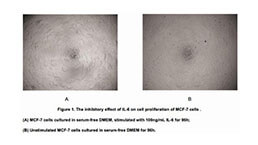 Protein Activity Test Experiment Service
Protein Activity Test Experiment Service
-
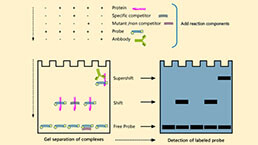 Electrophoretic Mobility Shift Assay (EMSA) Experiment Service
Electrophoretic Mobility Shift Assay (EMSA) Experiment Service
-
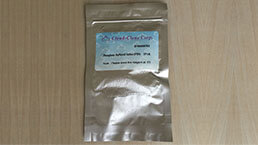 Buffer
Buffer
-
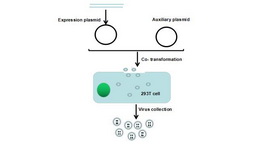 Lentivirus Packaging Experiment Service
Lentivirus Packaging Experiment Service
-
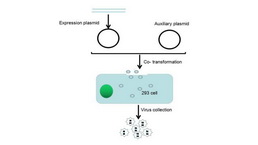 Adenovirus Packaging Experiment Service
Adenovirus Packaging Experiment Service
-
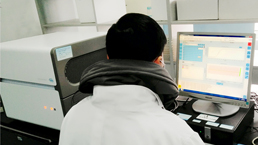 Real Time PCR Experimental Service
Real Time PCR Experimental Service
-
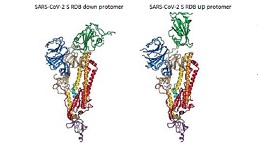 Spike RBD Protein (S-RBD)
Spike RBD Protein (S-RBD)
-
 Protein G
Protein G
-
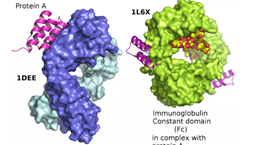 Protein A
Protein A
Citations
- Hepatoprotective Effect of Quercetin on Endoplasmic Reticulum Stress and Inflammation after Intense Exercise in Mice through Phosphoinositide 3-Kinase and Nuclear Factor-Kappa Bjournals:8696587.pdf
- Hepatoprotective Effect of Quercetin on Endoplasmic Reticulum Stress and Inflammation after Intense Exercise in Mice through Phosphoinositide 3-Kinase and …8696587
- Lutein activates downstream signaling pathways of unfolded protein response in hyperglycemic ARPE-19 cells34861209




